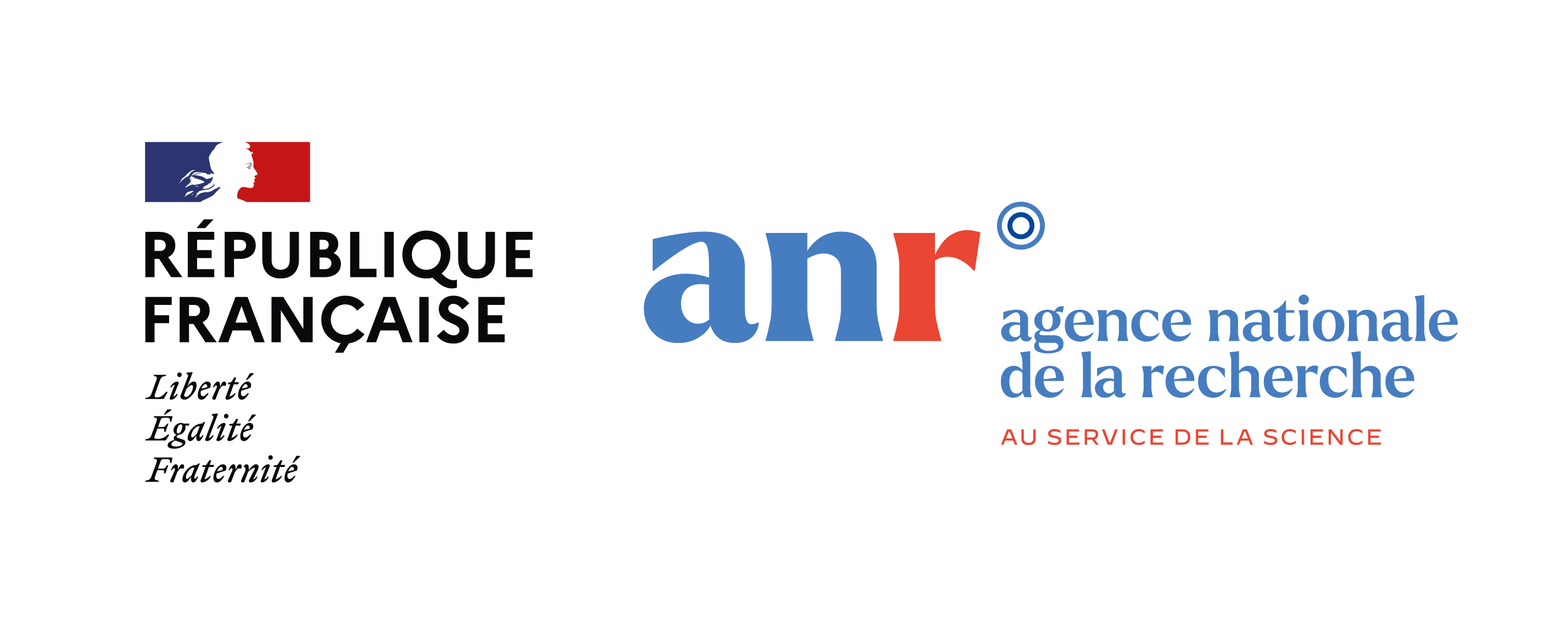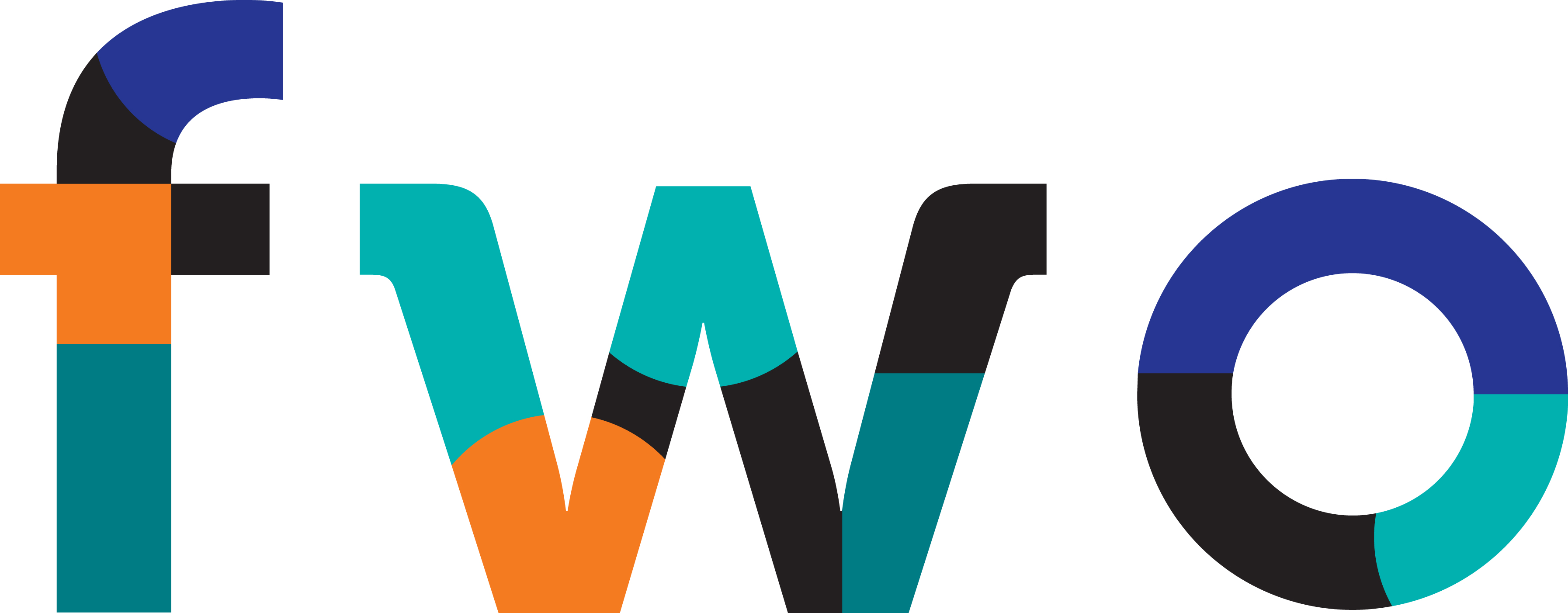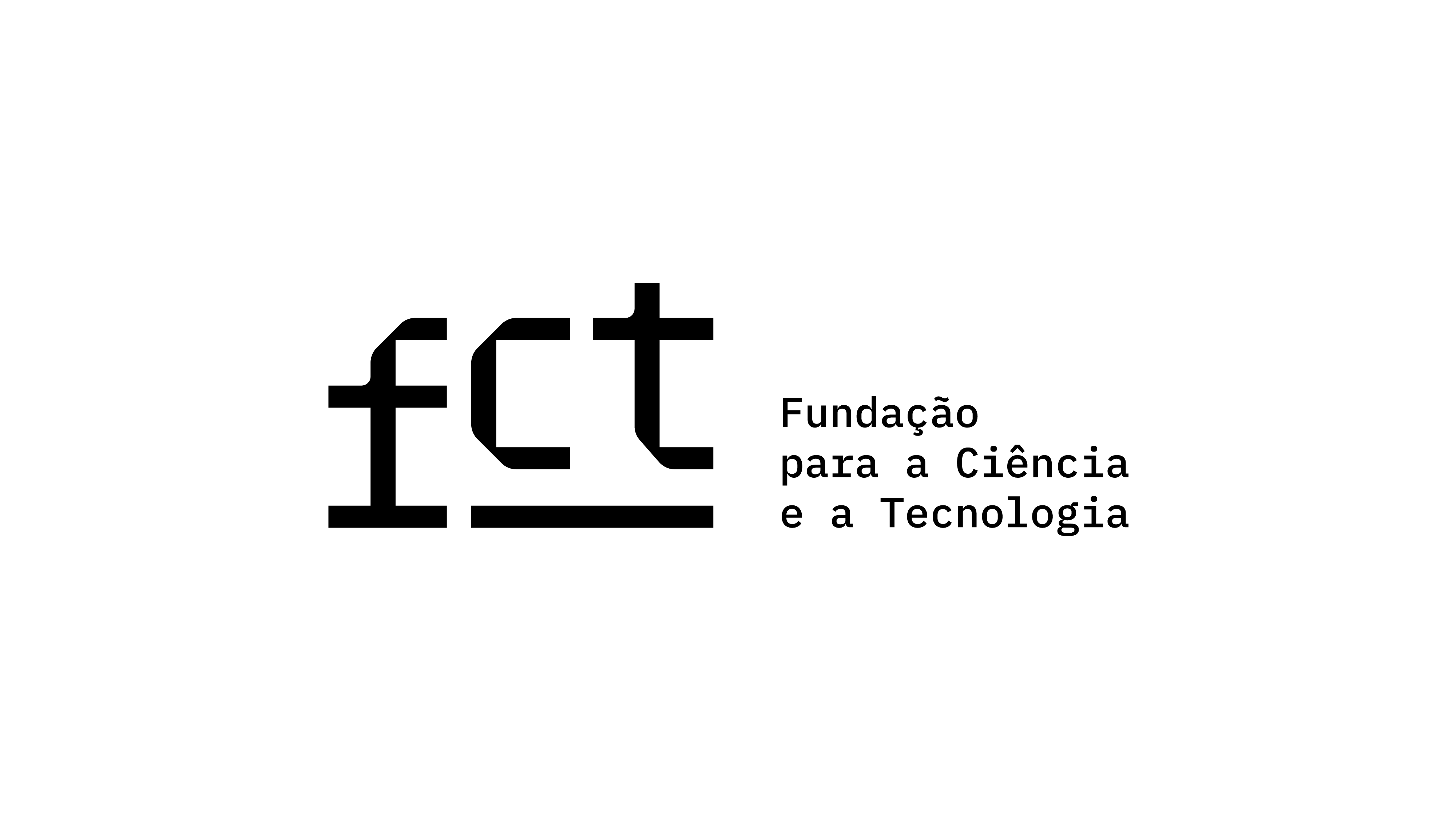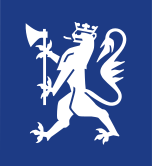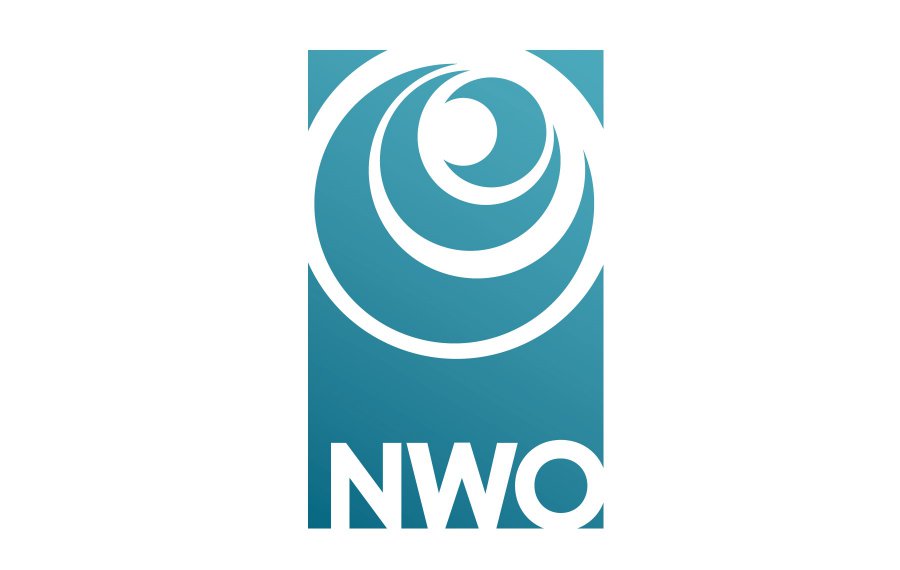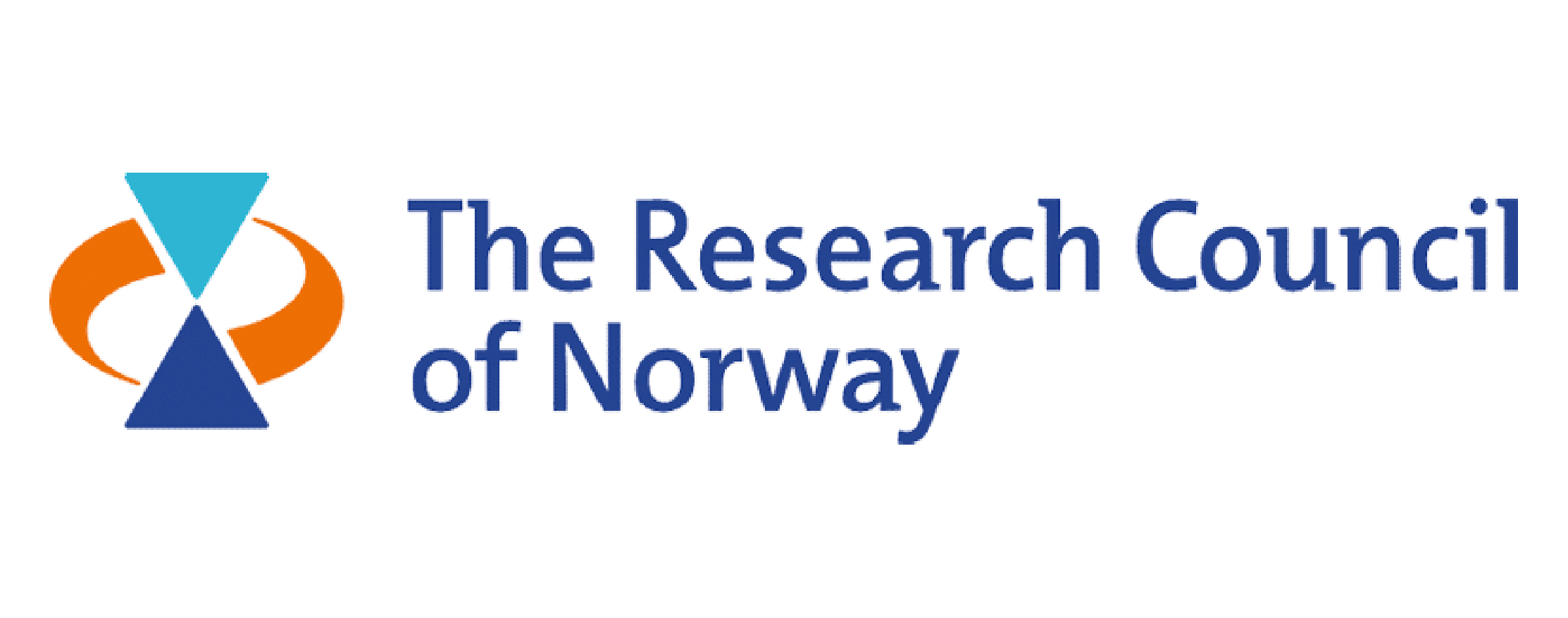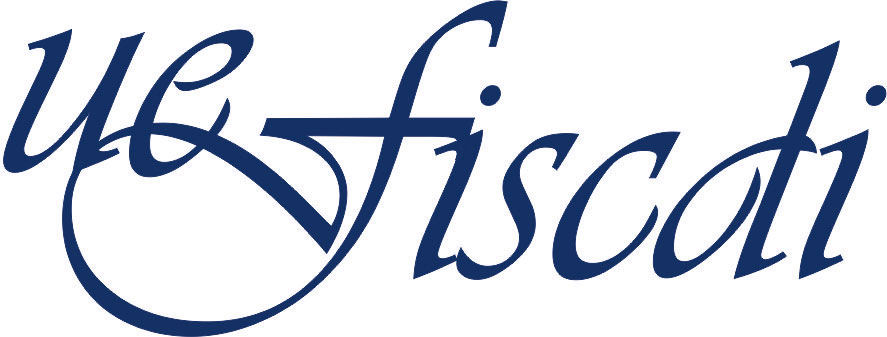
Harmonizing plant metabarcoding pipelines in Europe
to support monitoring activities in the field of plants
and their functional organismic networks

Harmonizing plant metabarcoding pipelines in Europe
to support monitoring activities in the field of plants
and their functional organismic networks
The METAPLANTCODE project aims to test and optimize pan-European case studies on metabarcoding, provide best practice recommendations, optimize analysis pipelines for species identification, and create easy-to-use reference databases. The project will identify and specify gaps, publish best practice documents on FAIR data publishing of plant metabarcode data to GBIF and the INSDC databases, and implement ELIXIR-compatible multimodal DL models in novel tools for stand-alone metabarcoding analyses using different data sources. The project will also enhance species identification accuracy through GBIF records and metadata and map regional, national, and international botanical taxonomic checklists, red lists, and floras to the Catalogue of Life (COL) through COL ChecklistBank. Furthermore, taxonomic and floristic literature will be semantically enriched with new entity recognition and relationship extraction modules to support the enhanced identification of species via domain-specific descriptive/phenotypic features. An interface will be provided to link taxonomic names to treatments, identify homonyms and synonyms, and facilitate the conversion and annotation of flora, red lists, and ecological treatments. All METAPLANTCODE products will be available at project end FAIR+. The project will support knowledge transfer with associated partners and stakeholders from the start. Relevant stakeholders will be identified, priorities set, communication channels established, monitored, and revised as needed. Greater stakeholder engagement, training, and outreach efforts will be undertaken to ensure that plant metabarcoding becomes a routine standard for biodiversity monitoring in Europe and beyond in the future.
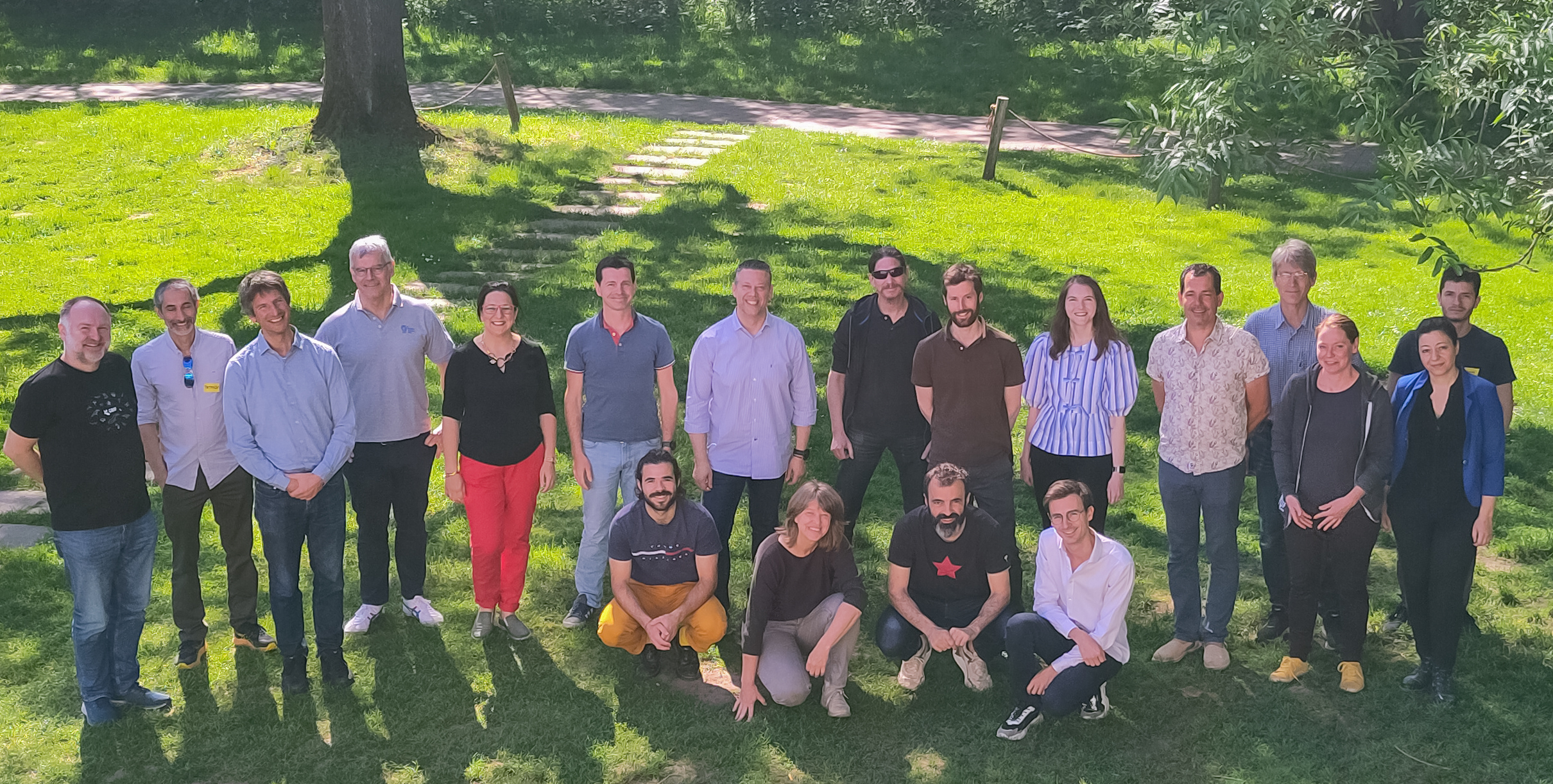
(c) Petra Bock
We will highlight the feasibility of plant metabarcoding through a portfolio of complementary case studies of different source material, serving different monitoring needs and requiring different collection, laboratory and analysis workflows.
| University of Oslo |  |
Norway |
| Universität Kassel |  |
Germany |
| Naturalis Biodiversity Center | 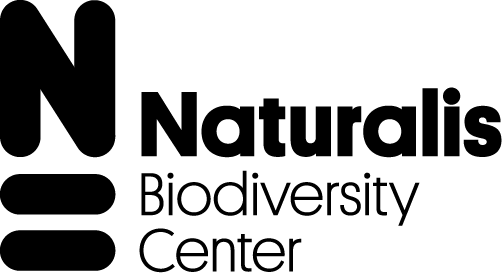 |
Netherlands |
| Centre for Research & Technology, Hellas |  |
Greece |
| Instituto Superior de Agronomia | 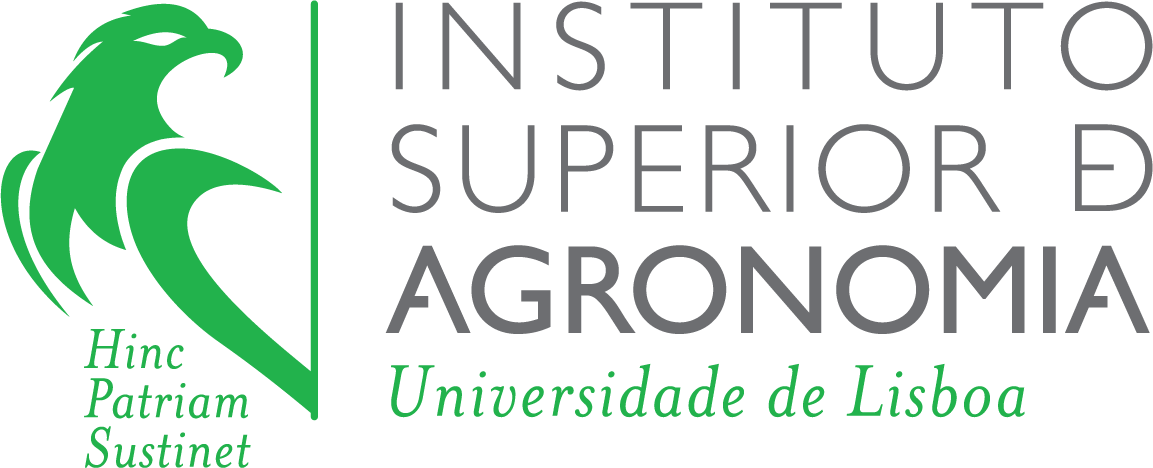 |
Portugal |
| BIOPOLIS |
Portugal |
|
| Institutul Național de Cercetare-Dezvoltare pentru Științe Biologice |  |
Romania |
| KU Leuven | 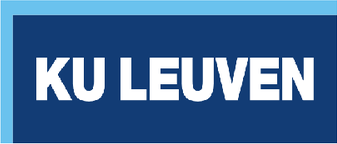 |
Belgium |
We will optimize reference databases, respectively gap identification and specification, provide best practice recommendations for the analysis of plant metabarcoding raw sequence data to taxon-level identification by screening and testing available tools, workflows and filters for datasets of different quality and complexity and develop optimized semi-automated tools and workflows for taxonomic identification via metabarcoding of plants.
| Centre for Research & Technology, Hellas |  |
Greece |
| University of Oslo |  |
Norway |
| Swedish Biodiversity Data Infrastructure | 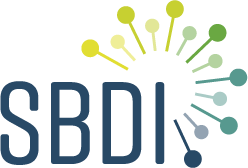 |
Sweden |
| Naturalis Biodiversity Center |  |
Netherlands |
| Instituto Superior de Agronomia |  |
Portugal |
| BIOPOLIS |
Portugal |
We will use deep learning to combine metabarcoding data with biotic-geographic-habitat metadata to increase the accuracy of the taxonomic monitoring in respective geographic regions for monitoring programs, allowing the comparison of datasets over space and time.
We will enable the comparison of plant metabarcoding results at an European scale by cross-walking existing institutional and national SOPs regarding plant metabarcoding and the development of community supported “Best practices on data and metadata capture for FAIR sharing of metabarcoding data with GBIF and the INSDC databases” in collaboration with the GBIF, ELIXIR, BIOSCAN Europe and Biodiversity Genomics Europe (BGE) communities.
| Naturalis Biodiversity Center |  |
Netherlands |
| University of Oslo |  |
Norway |
| Swedish Biodiversity Data Infrastructure |  |
Sweden |
| Catalogue of Life | ||
| Instituto Superior de Agronomia |  |
Portugal |
| BIOPOLIS |
Portugal |
We will compile and provide descriptions of vegetation or identification of species occurring at the test sites, enriched with new entity recognition and relationship extraction modules to enhance species identification.
| Haute école spécialisée de Suisse occidentale |  |
Switzerland |
| Plazi |  |
Switzerland |
| Catalogue of Life | 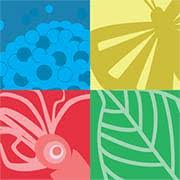 |
We will manage interoperability between the different work packages, coordinate joint training (internal/external), publications and discussions, develop a stakeholder engagement and outreach strategy and assessment, and coordinate, manage, monitor, and support outreach activities and dissemination.
| University of Oslo |  |
Norway |
| Universität Kassel |  |
Germany |
| Naturalis Biodiversity Center |  |
Netherlands |
| Centre for Research & Technology, Hellas |  |
Greece |
| Instituto Superior de Agronomia |  |
Portugal |
| BIOPOLIS |
Portugal |
|
| Institut de Recherche pour le Développement Unité de Modélisation Mathématique et Informatique des Systèmes Complexes |
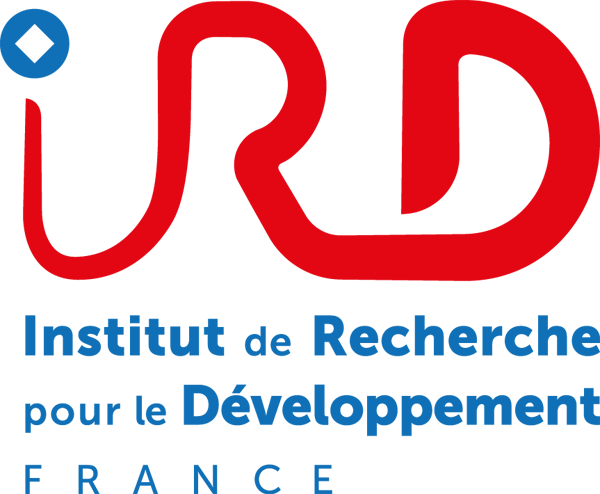 |
France |
| Institutul Național de Cercetare-Dezvoltare pentru Științe Biologice |  |
Romania |
| Haute école spécialisée de Suisse occidentale |  |
Switzerland |
| Plazi |  |
Switzerland |
| Catalogue of Life |  |
|
| Swedish Biodiversity Data Infrastructure |  |
Sweden |
| KU Leuven |  |
Belgium |
Funded by:
